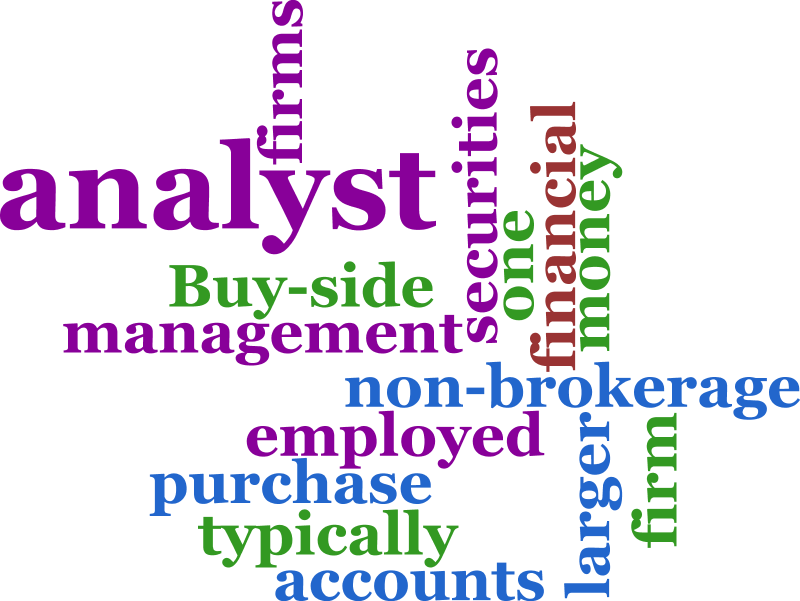 In short, the buy side consists of firms looking to purchase assets or securities from the sell side, which offers these assets and other investment opportunities.
In short, the buy side consists of firms looking to purchase assets or securities from the sell side, which offers these assets and other investment opportunities.
The buy side mostly refers to the major institutions such as pension funds and insurance companies that are focused on maximizing the financial assets of their investors via purchases of financial instruments and through money-management strategies.
Buy-side institutions often use investment managers, which can be internal staff and/or external support. The major buy-side institutional investors often work with hedge funds and asset managers that provide financial and investment management functions. Investment management companies oversee the financial portfolios of their customers and can take on a range of responsibilities to derive the most value for assets under management.
Within the realm of the buy-side, private equity firms pool funds from investors large and small and place them for long periods of time with private companies or via buyouts of public companies; they can also invest in major projects. These long-term arrangements are done with the hope of profiting from improving an organization’s assets. Once a private equity firm revives a company’s fortunes, the goal is to sell the company or to go public to reap a maximum profit.
Buy-side firms and their managers work with broker-dealers, investment banks and others that have financial instruments available for sale. These sell-side players also provide the buy-side firms with additional products and services such as research, global trading and access to initial public offerings (IPOs). Sell-side firms also provide the buy side with various recommendations and opinions that are available to all.
Need a Reprint?
Leave a Reply